Busting dams may have made for an epic Second World War movie, but this generation of Canadian soldiers is more concerned about building a dam in the midst of the battle for Afghanistan than blowing it up.
Busting dams may have made for an epic Second World War movie, but this generation of Canadian soldiers is more concerned about building a dam in the midst of the battle for Afghanistan than blowing it up.
Restoring the Dahla Dam is a signature project and a priority for the contingent of 300 or so Canadian Armed Forces engineers stationed in Kandahar.
• In Afghanistan, Canadian Forces engineers face the ultimate danger
• All Sappers Memorial rededicated to combat engineers in Chiliwack, British Columbia
“It’s important because it will allow Afghanistan to better control the water and turn about 10,000 hectares into arable land for food supply for the city and surrounding area,” said Lieutenant-Colonel Mike Gilmore, part of the command staff overseeing the myriad of construction and reconstruction projects in Afghanistan.
“They have a tremendous amount of sunshine, but water is the problem.”
Part of the project includes building irrigation canals to carry the water to the fields, which is critical because it will also create up to 10,000 seasonal jobs in planting, raising, harvesting and processing the crops.
The dam, first built in the 1950s, is right at the heart of the Kandahar region and Canada is investing up to $50 million over three years to repair the dam, replace generators, repair water valves and fix flow-control gates to manage the flow of water from the Arghandab River into the canal system.
The project is one of two major development thrusts, the other being the construction of some 50 schools, mostly elementary with some skilled trade training facilities, said Lt.-Col. Gilmore, also an engineer.
“We have about 300 engineers here (drawn from 1st and 2nd Regiment Combat Engineers) and about half are working in combat, sweeping for mines and improvised explosive devices (IEDs) and ensuring mobility of the troops,” he said. “The rest are involved in construction and reconstruction.”
Part of the task involves inspecting and assessing buildings, road and bridges that have been subject to insurgent attacks, such as IEDs, car bombing or suicide bombing and determining what is salvageable.
The other task is to design, contract and oversee construction and reconstruction.
“We use local labour which is pretty good, though we are in danger of overloading the supply with our demand for labour,” he said.
It’s important to use local workers, he added, because it means money is going back into the local economy and it also provides an incentive for the population to work with NATO instead of the insurgent Taliban forces.
“The insurgents can’t offer that an alternative,” he said, likening the hiring of local workers to programs in inner cities that provide alternatives for kids and draw then away from gangs, guns and drug dealing.
“They can only offer a political alternative.”
Of course, working in a war zone has its own unique challenges, he admitted.
“We can only work in areas which are safe,” he said.
“And the insurgents do like to attack the construction sites or the workers because they know it’s something they can’t match and so it affects their recruitment.”
Hiring local trades is also good public relations since the strategy is to ensure quality assurance and control, he said, not to suggest North American or European building technology is superior.
“They’ve been here for generations,” he said.
“Generally they’re good, but run into problems when we push them on our designs for complex structure or specifications.”
Most buildings are made with reinforced, poured concrete and getting rebar and steel is sometimes an issue because Afghanistan is a landlocked country.
Material supply can also be a hurdle.
While there’s lots of rocks and sand around, construction demand is outstripping the gravel supply from the local quarries.
Wiring is also sometimes an issue since the country is on a 240 volt supply, which sometimes needs adjustment to 110 volt.
Making sure the wiring is done to code — which has been set at North American and European standards for safety reasons – is also tricky.
It’s also difficult to get the wiring itself, which is usually shipped from North America or Europe. It takes additional time and can add delays.
“You have to stay on top of things for quality assurance and control,” said Lt. Col. Gilmore. “And you have to check materials coming in because often they’re stamped as meeting a standard, but sometimes don’t. We had a fire from some wiring, which results in us having to pull out all the wiring and fixtures,”
The weather is also a huge factor — dry and up to 50C in the summer, which makes working unbearable.
Then there’s the clay-like soil which disintegrates into a baby power-fine dust infiltrating everything.
We change the oil filters in the heavy equipment much more frequently,” he said.
While there is a good supply of cranes, bulldozers and other earth-moving machinery, maintenance is sometimes spotty and getting parts is a headache.
“A breakdown and the need for small parts can take weeks,” he explained.
Workplace safety can be a little haphazard.
“The locals are ingenious and innovative, but sometimes in actual construction you see things that make you grit your teeth,” he said.
“They’re not always safe, so we’ve tried to bring some standards and we have on-site medical aid.”
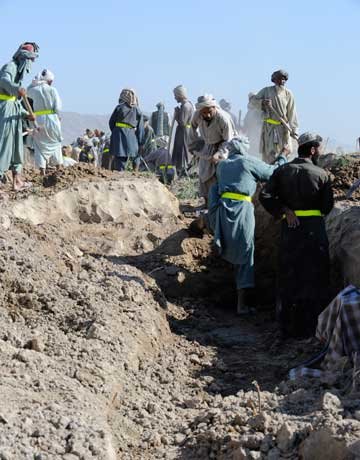
1/6
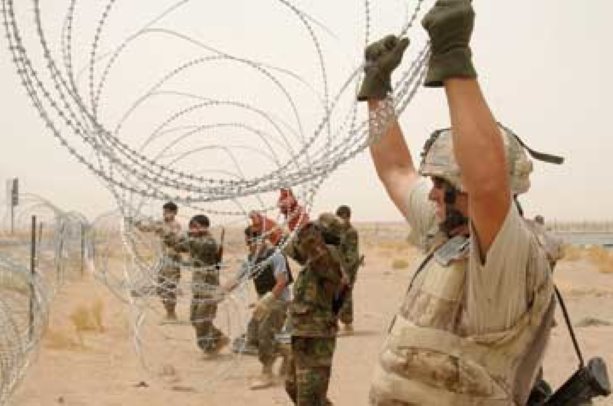
2/6
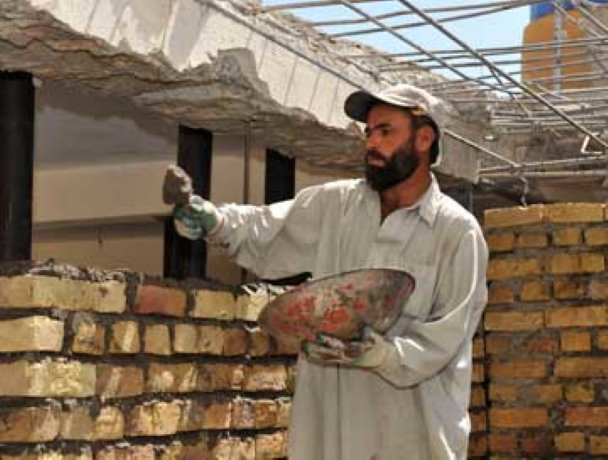
3/6
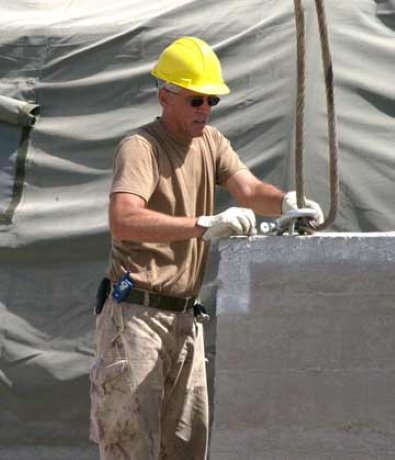
4/6
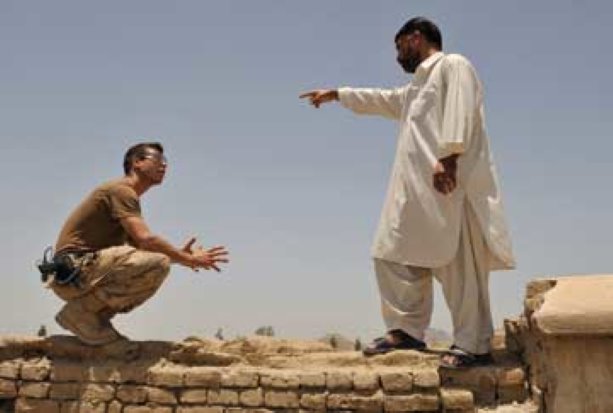
5/6
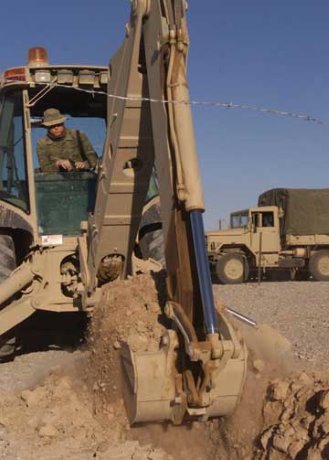


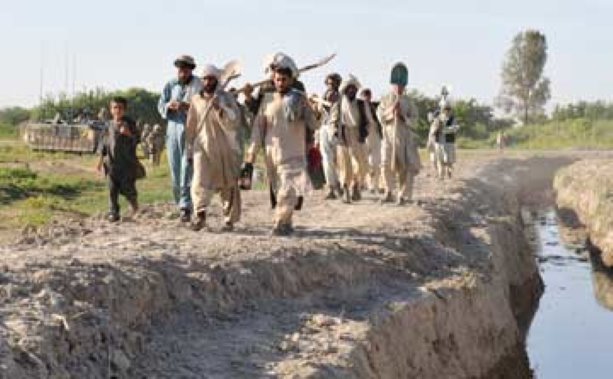







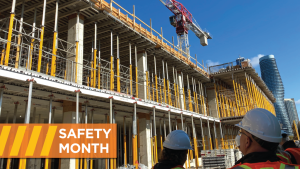
Recent Comments
comments for this post are closed